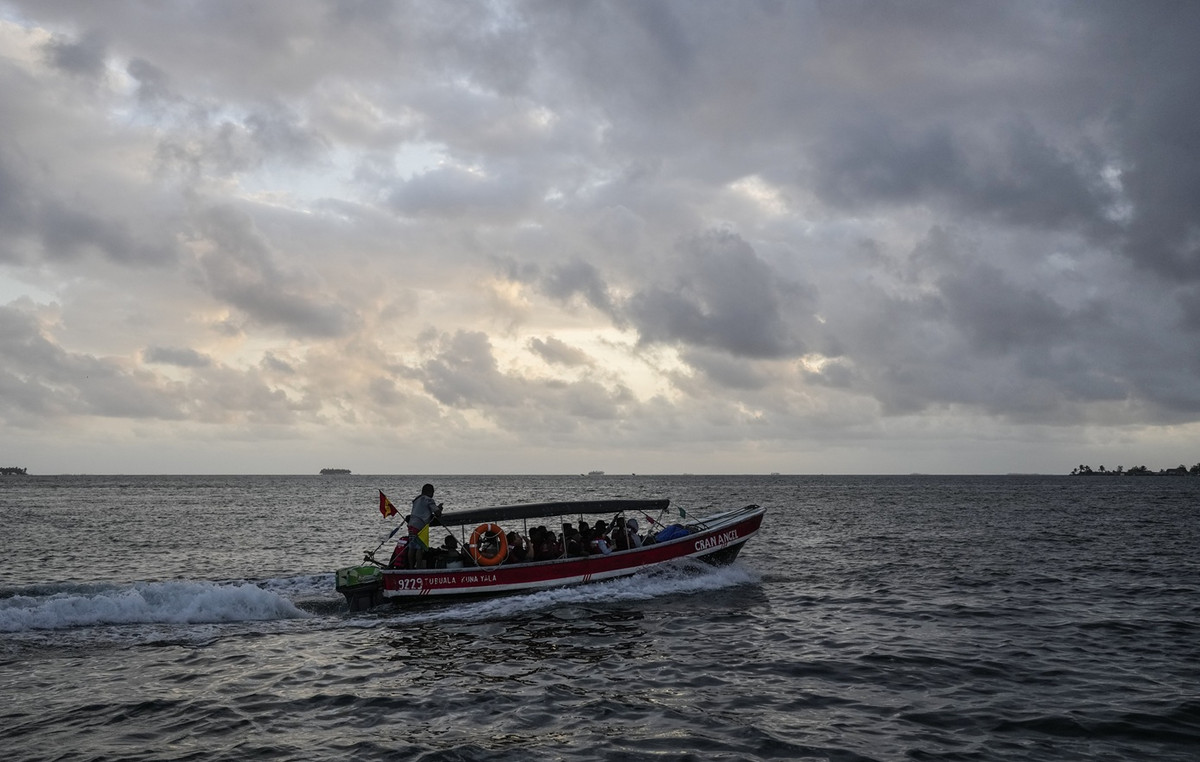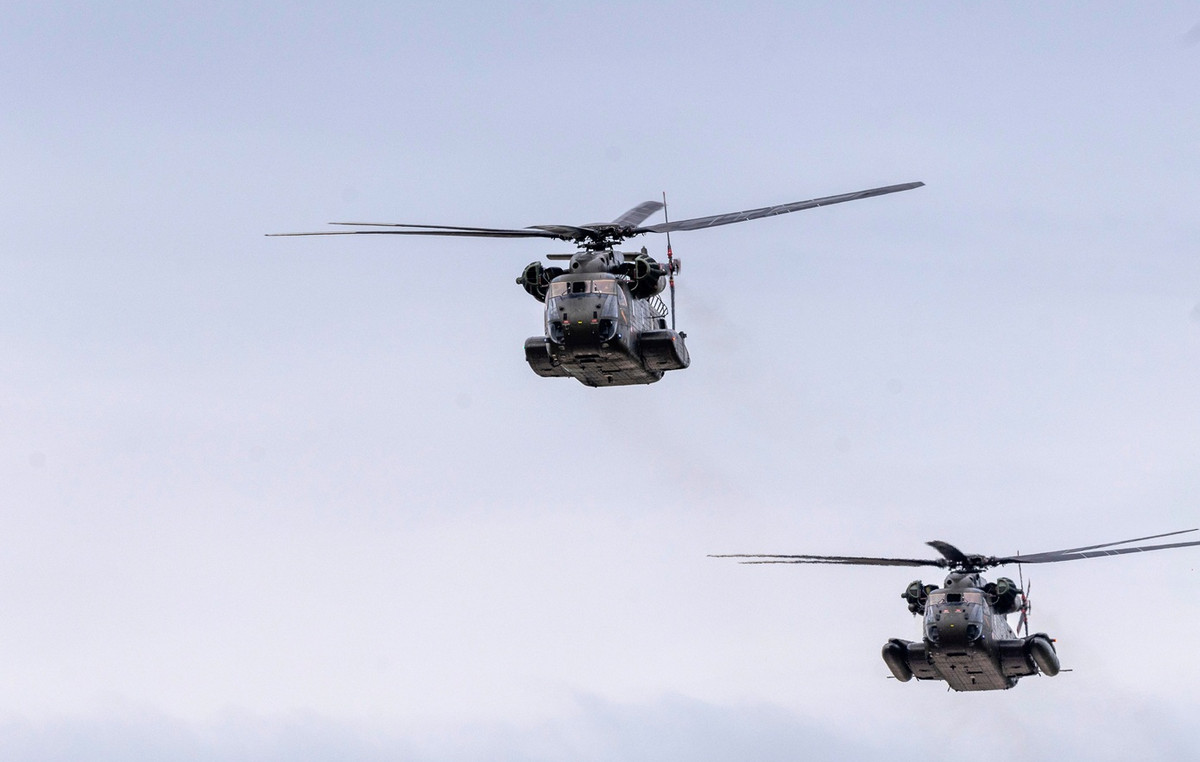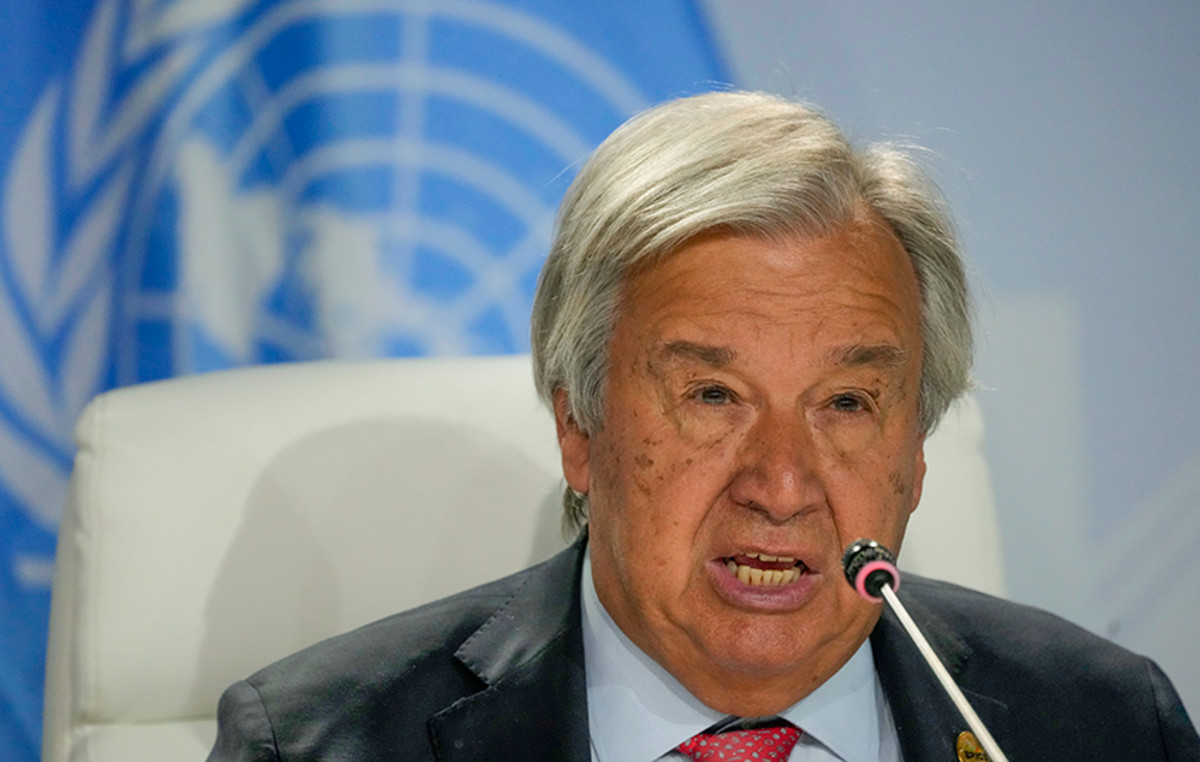O dollar nailed the BRL 5 this Tuesday (23), closing at the lowest value since June 30, 2020. In the year, the currency has already dropped 10.23%. But how far does this devaluation go here? According to analysts consulted by the CNN Brasil Business, the dollar could fall further in the short term. However, factors such as elections in Brazil, interest in U.S and tension between Ukraine and Russia could make the currency rise again and end the year above R$5.
Even so, the scenario for the dollar at the moment is quite different from that of 2021, and if the fundamentals behind the current flow of appreciation in the real persist, the tendency is for the US currency to end the year at lower levels than last year.
Causes of devaluation
Patricia Palomo, investment director at Sonata, attributes the dollar’s fall to “asymmetries” that foreign investors identified and made the Brazilian market more attractive than others, especially the North American one.
In the United States, investors have already started an exit from the stock markets in anticipation of the interest rate hikes that the Federal Reservethe country’s central bank, announced due to high inflation.
This perspective is not unique to the country of Wall Street. Victor Scalet, macro strategist at XP, says that “the discussion of monetary policy in the world is about higher interest rates”. This environment makes investors stop buying companies with low profitability in the short term, and migrate to the more consolidated ones, which generate a lot of cash.
“Our exchange is very concentrated in banks, commodities, it has this characteristic that they are looking for”, he evaluates.
Palomo also cites heavily discounted stocks (when the price is considered below potential and may rise) due to the capital outflow in 2021, when foreign investors saw a risk of fiscal uncontrol and disrespect for the spending ceiling with the call PEC of Precatórios.
In that period, the dollar rose and returned to the height of the pandemicwhen investments migrated to the currency, which reached R$ 5.80.
Stocks fell further as interest rates rose, with the internal migration of investors to fixed income. In this scenario, according to Scalet, the foreign flow turned to both fixed and variable income, and as a consequence the dollar fell.
André Perfeito, chief economist at Necton Investimentos, also highlights the influence of commodities on the stock exchange. “The price of commodities remains at an adequate level, such as oil, iron ore, food.”
This makes companies linked to these products attractive to investors, favoring the inflow of capital. The Brazilian currency was the one that most appreciated in 2022 until now, but it was accompanied by those of other major commodity producers, such as Chile and South Africa.
Perfect also assesses that the market has already priced the fiscal risk of the federal government. So, even if the fiscal situation is not yet resolved, the dollar ends up having room for movement.
Alex Agostini, chief economist at Austin Rating, says the prospect that the United States will start raising interest rates towards the middle of the semester has created a scenario in which, until the rise occurs, global investors will allocate short-term resources to take advantage of good profit opportunities, such as those offered by Brazil.
“Given the currency flow, the real was supposed to be valued for a long time, but there were other interfering factors, such as inflation, concern about the fiscal situation, which generated an environment of uncertainty”, he says. With the relief of these elements, the rise of the real was favored.
Other analysts also point out that many investors have less worries at the moment with the 2022 election, and its possible results for the fiscal framework, helping the real.
Will the dollar fall continue?
Perfect states that the factors that are leading to the devaluation of the dollar should continue throughout 2022. The first is the high interest rates, which the central bank already indicated that it should continue. The market estimates the Selic at up to 12.75% per year, while the current value is 10.75%.
In this sense, the economist recommends keeping an eye on inflation data. O IPCA-15considered the “inflation preview”, from February came above expectationsreinforcing bets on higher highs in the Selic, but data in line with the projected or slightly lower may weaken this perspective, benefiting the real less.
Another factor that will impact the dollar is the interest rate hike by the Federal Reserve. If the increases are greater than expected, the US currency tends to appreciate due to greater attractiveness. But if the highs are smaller, the real is favored.
Agostini says that “if the United States goes up and indicates interest rates ending at 1.5% in 2022, there will be an adjustment in the flow to the country, and the real will depreciate a little more”.
There is still the tension between Ukraine and Russia. The Austin Rating economist assesses that “if there is a war, it could trigger a very bad global situation, with the dollar appreciating. If the current situation is reversed, then the focus on the economy will become US interest rates”.
For Perfect, the tension in Ukraine may have reduced effects for the real, with Brazil taking advantage of a distance from the region. “Commodities tend to rise if the situation worsens, which is not necessarily bad for Brazil”.
“If there is a war, investors will run to the US and their bonds, and interest rates there may not go up as much. [O cenário de conflito] It is neutral to slightly positive for Brazil”, he says.
Scalet says the dollar could continue to fall in the short term, but casts doubt on the sustainability of this move.
“Our models suggest that the most appropriate exchange rate for Brazil in terms of external accounts would be between R$4.70 and R$4.30, but this has been going on for a long time, and we reached R$5.80, this difference comes from the risks in Brazil”, he says.
The combination of a complicated fiscal situation, with structural challenges, and the traditionally volatile and riskier election year, together with doubts about the policies of the main candidates, create an environment of uncertainty that foreign investors tend not to like. Combining these factors, the strategist sees the dollar at the end of 2022 between R$5.10 and R$5.20.
Precisely due to electoral uncertainties, Austin Rating projects the dollar at R$5.60 at the end of 2022.
“The tendency is for the real to depreciate again depending on US interest rates, but it may see appreciation in the short term. By the end of the year, after the elections, the dollar should rise regardless of who wins, until we are sure what will be done from 2023 onwards”, says Agostini.
Necton, on the other hand, projects the dollar at R$5, due to high interest rates in Brazil and the expectation that “the eventual noises that may occur throughout the year – notably elections, war in Ukraine or even interest in the United States – must have reduced effect since they are already present today and were not enough to reverse the flow”.
Palomo believes that the flow of investments will naturally reduce the size of current asymmetries, reducing the attractiveness for investors.
“If the flow continues, the valuation pressure [do real] continues, but the more asymmetries are corrected, the movement loses strength. The trade balance could start to help, with exports outpacing imports, and this gives new impetus to the movement,” he says.
“The dollar is a volatile, fluid resource. Foreigners want asymmetries, it is not a bet on Brazil. If another place shows asymmetry, they will migrate there”, adds Sonata’s investment director.
Étore Sanchez, chief economist at Ativa Investimentos, assesses that there has not been a “substantive change in the fundamentals of Brazil”, with the fiscal risk remaining in projects such as the Fuels PEC. “At the end of the day, I see this R$ 5.05 as an upside potential”.
“I don’t see a reason behind it, there are a lot of people talking about graphic analysis and other things, but honestly, I see an environment of great uncertainty, especially in an election year”, he concludes.
See possible presidential candidates in the 2022 elections
Source: CNN Brasil
I am Sophia william, author of World Stock Market. I have a degree in journalism from the University of Missouri and I have worked as a reporter for several news websites. I have a passion for writing and informing people about the latest news and events happening in the world. I strive to be accurate and unbiased in my reporting, and I hope to provide readers with valuable information that they can use to make informed decisions.






